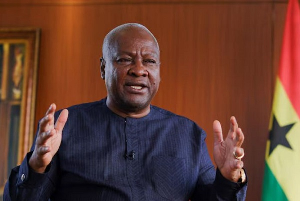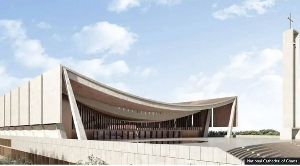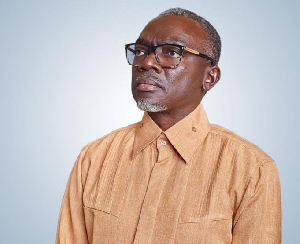Ghana requires more than US$4.2 billion to close its existing infrastructure gap over the next three years, Business & Financial Times has learnt.
For this year, government has pegged the financing gap for its development programmes at US$ 1.43 billion and will require about US$1.36 billion for its programmes in 2009.
Additionally, Ghana will need US$1.41 billion in 2010 for its development agenda, the same year that the country is expected to begin the production of crude oil in commercial quantities.
According to government's figures, the urban water sector needs massive investments of about US$635 million for this year alone, while the energy and education sectors will need US$400 million and US$401 million respectively for this year.
The agriculture sector needs US$20 million followed by the rural water sector requiring US$24.5 million for this year.
Already government's subsidies estimated at US$103 million a month to cushion Ghanaians against surging world crude oil and food prices is having a toll on government’s budget.
The B&FT said it has learnt from the Ministry of Finance officials that financing the gap will require generating funds from a range of sources including increased government's budget, additional donor flows and non concessional borrowing.
As a result, government has declared that it will continue to rely on and seek concessional loans, and grants from its multilateral and development partners to fund its development programmes and expects to raise an annual average of about US$1.5 billion in concessional aid from between this year and 2012.
"Government's non¬concessional borrowing will average between US$24-550 million every year from 2008-2012 and this includes the 2008, 2009 component of the international capital market bond issues and commercial borrowing," finance officials have said adding "subsequent bond issues will average US$250 million per annum."
It is also envisaged that public/private partnership (PPP) initiatives will enable government to finance at least 30 per of the funding gap using the PPP models.
Business News of Monday, 7 July 2008
Source: Business & Financial Times
















